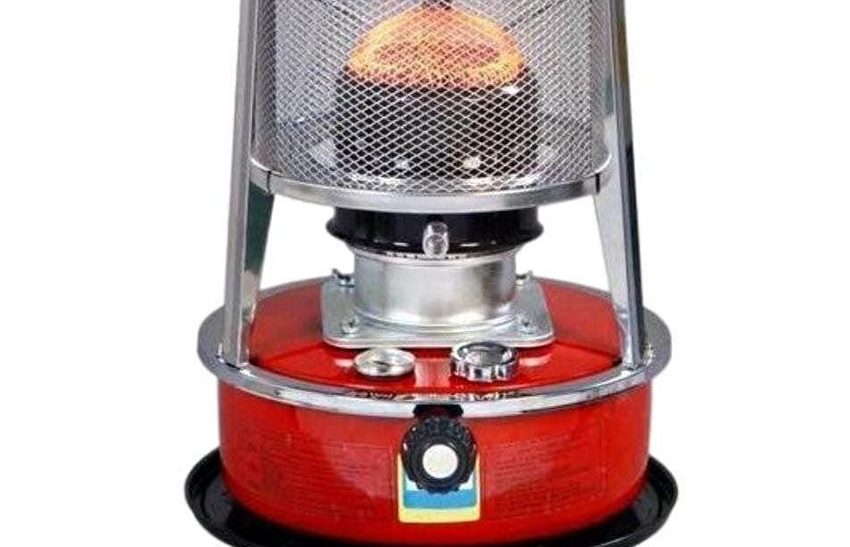
Picture: Facebook
In the chilly winter months, paraffin heaters have long been a popular choice for many households to provide comforting warmth.
However, beneath their cosy exterior lies a hidden danger that often goes unnoticed. While paraffin heaters are convenient and affordable, they pose several health risks that demand our attention. Let’s explore the potential hazards associated with paraffin heaters, shedding light on the importance of understanding their risks for the well-being of our loved ones and ourselves.
1. Indoor Air Pollution:
One of the primary health risks associated with paraffin heaters is indoor air pollution. These heaters release toxic substances, including carbon monoxide, nitrogen dioxide, and formaldehyde, into the air we breathe. Prolonged exposure to these pollutants can cause respiratory problems, exacerbate asthma symptoms, and even lead to more severe conditions such as chronic obstructive pulmonary disease (COPD).
2. Carbon Monoxide Poisoning:
Paraffin heaters are known to produce carbon monoxide (CO), a colourless and odourless gas that is extremely hazardous to human health. When inhaled, carbon monoxide interferes with the body’s ability to carry oxygen, leading to symptoms such as dizziness, headaches, nausea, and in severe cases, even death. Proper ventilation is crucial when using paraffin heaters to minimize the risk of carbon monoxide poisoning.
3. Fire Hazards:
Paraffin heaters, especially older models or those with faulty designs, can present a significant fire hazard. Accidental tipping, flammable materials placed too close, or inadequate maintenance can result in fires that can spread rapidly and cause extensive damage to property and life. It is essential to use them with caution, maintain safe distances from combustible objects, and adhere to recommended safety guidelines when operating these heaters.
4. Skin Irritation and Allergies:
The combustion of paraffin fuel in heaters releases particles and volatile organic compounds (VOCs) into the air. These can irritate the skin, eyes, and respiratory system, triggering allergies, skin rashes, and other related health issues. Individuals with pre-existing respiratory conditions or sensitive skin may be particularly vulnerable to these effects.




